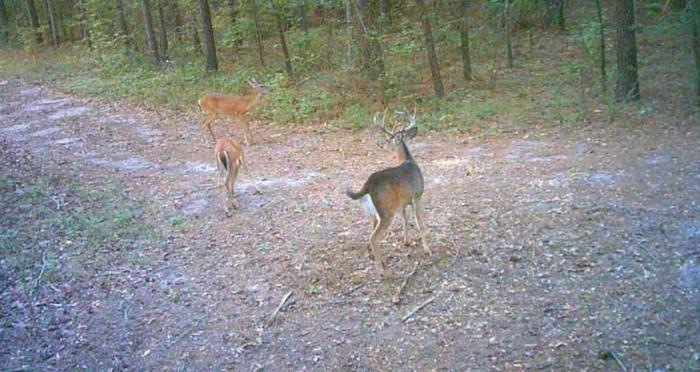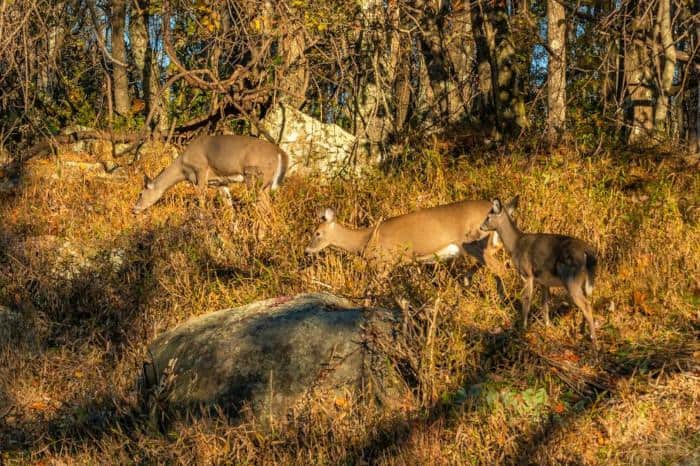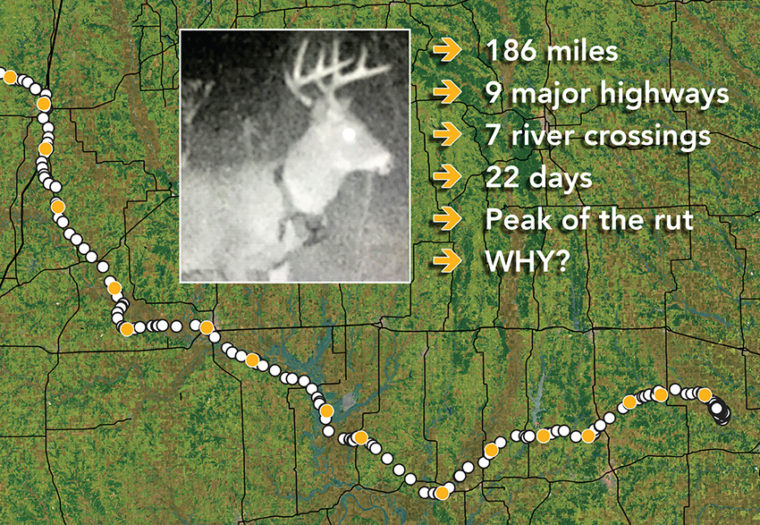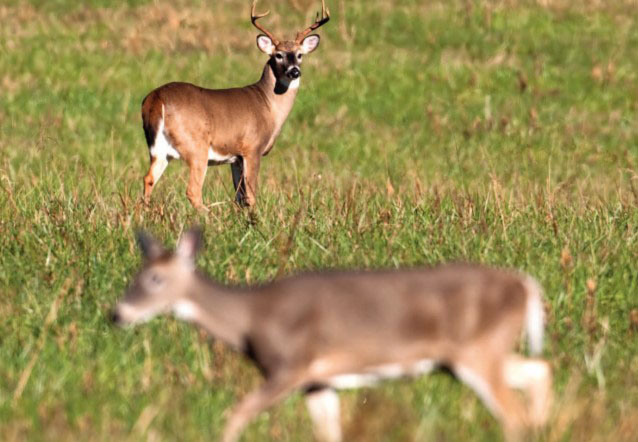As an avid traveler and nature enthusiast, my journeys have taken me to breathtaking landscapes teeming with wildlife. One of the most fascinating creatures I’ve encountered in my travels is the deer. Their graceful movements and serene presence often leave me wondering—do these animals travel the same paths every day? In this article, we’ll explore the movement patterns of deer, share personal experiences in deer habitats, and provide tips for observing them in the wild.
Understanding Deer Movement Patterns
What Influences Deer Movement?
Deer are creatures of habit, and various factors influence their movement patterns. Key elements include:
- Terrain: Deer tend to follow paths that provide safety and ease of movement.
- Food Sources: They frequently return to areas rich in forage.
- Breeding Season: During mating, their paths may vary as they seek potential mates.
- Predator Presence: Deer often alter their routes to avoid predators.
Daily Travel Patterns of Deer
Research indicates that many deer do not stray far from established trails, particularly when foraging or moving between bedding and feeding areas. Understanding their daily rituals can enhance your wildlife observation experience.
Morning and Evening Activity
Deer are crepuscular animals, meaning they are most active during dawn and dusk. They typically follow the same trails during these times to move between their safe bedding areas and grazing spots. Here’s how their daily activity is structured:

| Time of Day | Activity | Preferred Path Conditions |
|---|---|---|
| Dawn | Foraging | Open Fields, Edges of Forests |
| Mid-Morning | Resting | Bedding Areas |
| Dusk | Foraging | Open Fields, Edges of Forests |
Do Deer Use the Same Paths Daily?

The Concept of Deer Trails
In the wild, deer often establish trails used repeatedly for their daily activities. These trails can be faint paths through grass or well-worn tracks in the mud. Whether they use the same paths daily depends on several factors, including:
- Seasonal Changes
- Human Activity
- Environmental Factors

Seasonal Differences
During different seasons, deer may change their paths in search of food and shelter. For instance, in winter, they may travel further in search of browse, while in spring and summer, they may return to traditional feeding areas as new vegetation sprouts.
Observation Experiences
During my visit to the Great Smoky Mountains National Park, I witnessed a herd of deer following a well-established path along a stream. The serenity of the moment was captivating, as they moved with purpose and direction. Observing their behavior helped me realize how these gentle creatures rely on familiar routes for safety and sustenance.

Travel Tips for Deer Observation
If you’re keen on observing deer in their natural habitat, here are some travel tips to make your experience enjoyable and fruitful:
Best Locations for Deer Watching
Some top destinations known for deer populations include:
- Yellowstone National Park: Home to large whitetail and mule deer populations.
- Shenandoah National Park: Renowned for its abundant deer population.
- Black Hills, South Dakota: Offers stunning landscapes and ample deer sightings.

Essential Gear for Deer Watching
Having the right gear can enhance your deer observation experience:
- Binoculars: A good pair of binoculars helps you observe deer without disturbing them.
- Camera: Capture memories of your encounters.
- Field Guide: Identify various deer species and understand their behaviors.
Respecting Wildlife
When observing deer, maintain a safe distance and avoid any actions that may disrupt their natural behavior. Remember, we are visitors in their home.

Pros and Cons of Deer Habitats
Pros of Deer Habitats
- Rich Biodiversity: Deer habitats often support a variety of wildlife.
- Beautiful Landscapes: Observing deer in their natural environment is aesthetically pleasing.
- Ecological Importance: Deer play vital roles in their ecosystems.

Cons of Deer Habitats
- Human Interaction: Increased human presence can disrupt deer habits.
- Habitat Loss: Urban development can negatively impact deer populations.
- Seasonal Changes: Seasonal migrations can make deer harder to find.
Final Thoughts
While deer tend to follow established paths daily, various factors can influence their movement. My experiences observing these graceful creatures have deepened my appreciation for nature and wildlife. By understanding their behaviors and respecting their habitats, we can enjoy unforgettable moments while ensuring that these magnificent animals thrive in their environments.
FAQs About Deer Movement Patterns
Do deer follow the same paths every day?
Yes, deer tend to follow established paths daily, especially during feeding and resting times. However, their paths may vary based on factors like food availability and seasonal changes.
What time of day are deer most active?
Deer are most active during dawn and dusk (crepuscular), making these prime times for observing them in the wild.
How can I attract deer to my backyard?
Planting native vegetation, providing water sources, and minimizing disturbances can help attract deer to your backyard.
Where can I find deer in the wild?
Look for deer in parks, forests, and rural areas with ample food sources and cover. Some recommended locations include national parks and wildlife reserves.
Recommended Wildlife Observation Products
To enhance your wildlife observation experience, consider these popular products:
| Product | Description | Rating | Price (Approx.) |
|---|---|---|---|
| Canon EOS 90D Camera | High-performance camera for wildlife photography. | 4.7/5 | $1,199 |
| Vortex Optics Diamondback Binoculars | Durable and clear binoculars for observing wildlife. | 4.8/5 | $199 |
| National Geographic Wildlife Field Guide | A comprehensive guide to identifying deer and other wildlife. | 4.6/5 | $25 |
In conclusion, whether you’re a seasoned wildlife observer or just beginning to appreciate nature’s beauty, understanding deer movement patterns can significantly enhance your experience. Be patient, respect the wildlife, and enjoy the serene moments spent in the great outdoors!